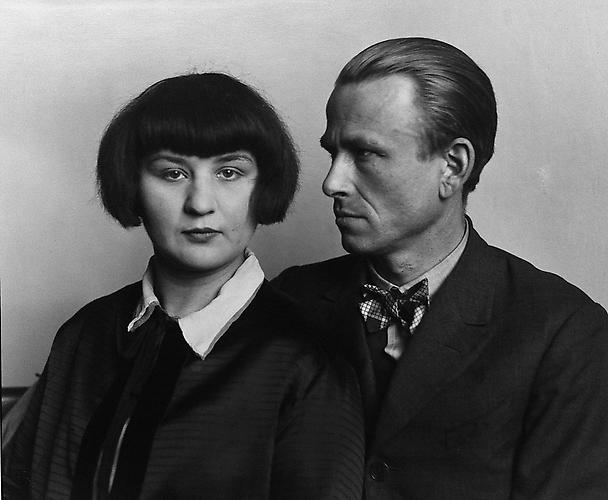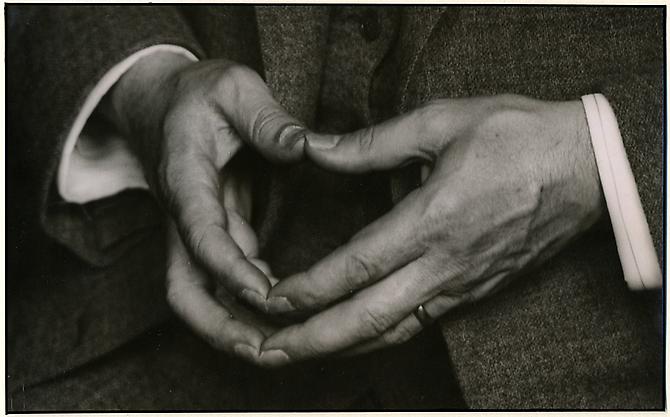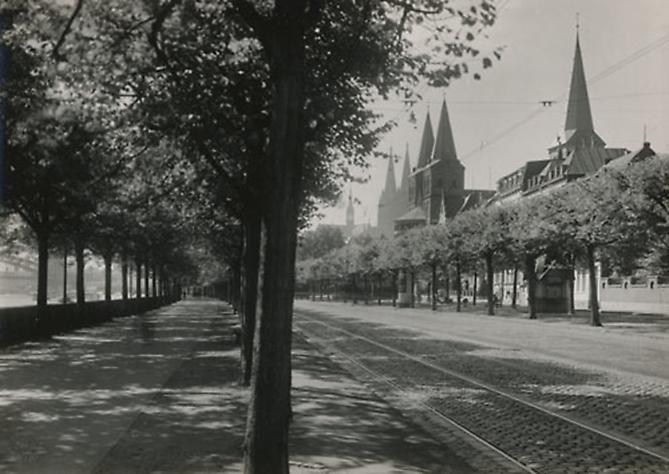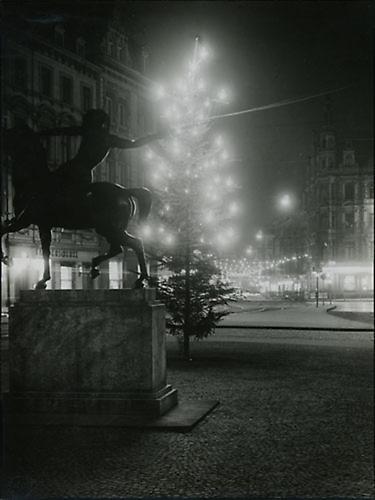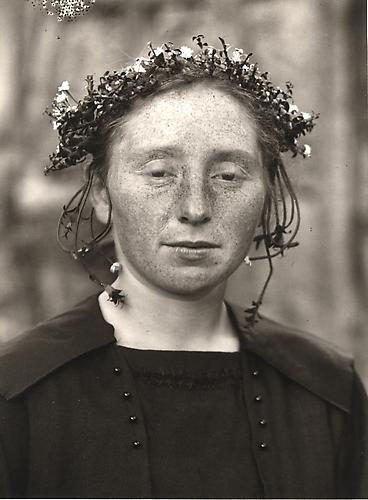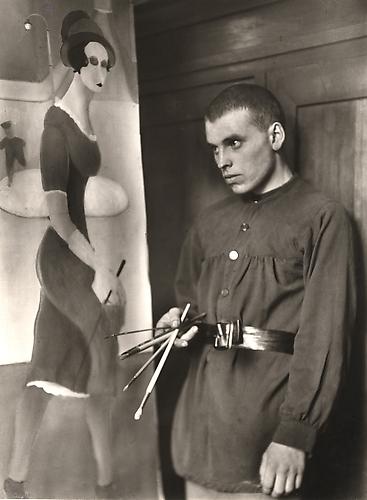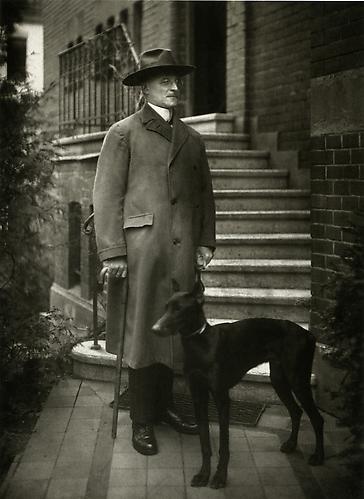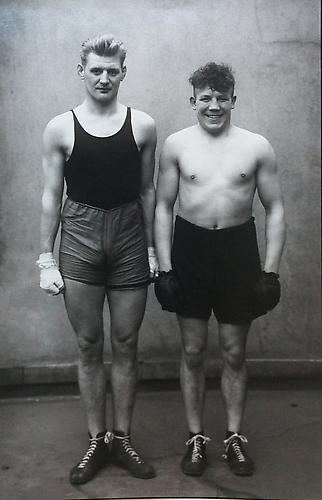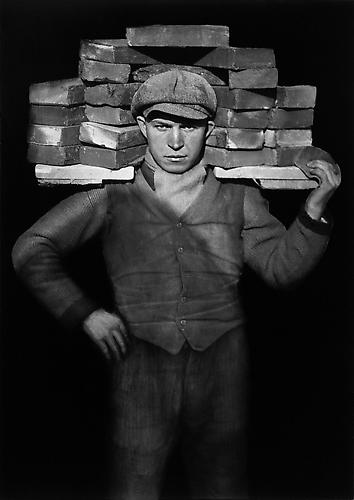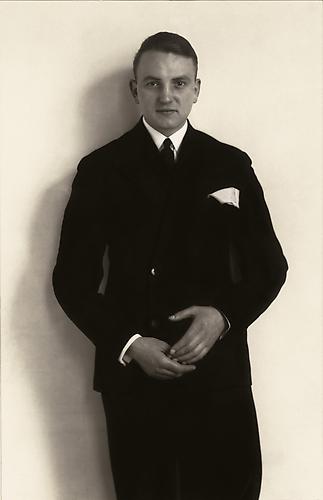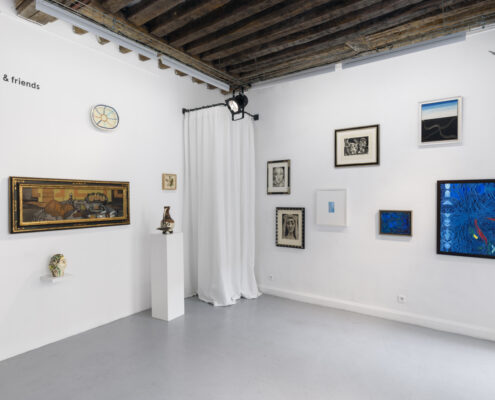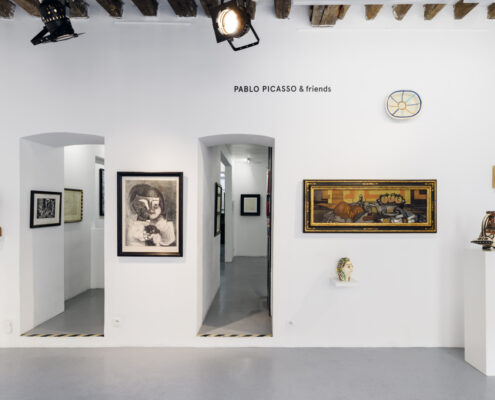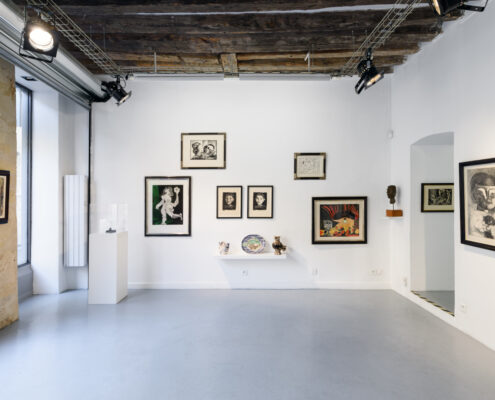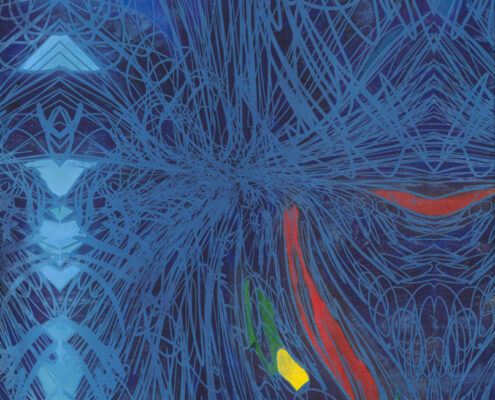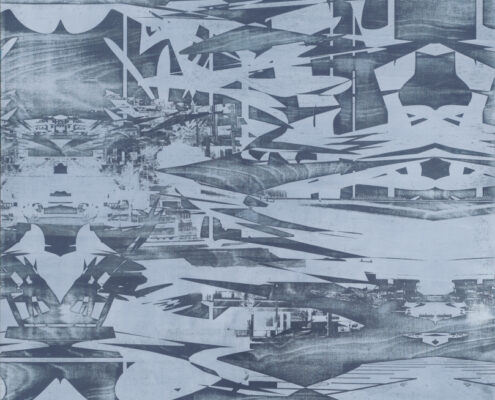

1879-1964
German photographer. After seven years as a miner and a period of national service, he studied painting in Dresden from 1901 to 1902, which allowed him to approach photography artistically. He had developed an interest in photography through work in photographic firms in Berlin, Magdeburg, Halle and Dresden from 1898 to 1899. In 1901 he went to Linz, where he first worked in the Greif Studio, which he ran from 1902 with his partner Franz Stukenberg as the Studio Sander & Stukenberg, until he founded the Studio August Sander für Kunstphotographie und Malerei in 1904. He sold the studio in 1909 and returned to Cologne, where he ran the Studio Blumberg & Hermann, and in 1910 he founded his own studio in Lindenthal.
At this point Sander started his major project, Menschen des 20. Jahrhunderts, with which he was involved until the 1950s. The theme for the project grew out of the portraits he made of Westerwald farmers, in whom he saw the archetypal contemporary man. Building on this, Sander developed a philosophy that placed man within a cyclic model of society. In these terms, the peasant class constituted the basis of society, hence his title for the series of 12 peasant portraits, Stamm-Mappe (see G. Sander, 1980, nos 1–12). The next group, of skilled workers, is the foundation of civic life, from lawyer to member of parliament, from soldier to banker. These are followed by intellectuals: artists, musicians and poets. The cycle closes with the Letzte Menschen, the insane, gypsies and beggars.
Although this cyclic model of society was anything but progressive, Sander came into conflict with the Nazis. The political activities of his son Erich were also held against him, and he had to interrupt work on this project between 1933 and 1939, when he devoted himself mainly to the themes of the Rhine countryside and the city of Cologne. The unusual quality of his portraiture is, above all, its systematic manner; this made the work a well-designed unity, not only in a sociological and philosophical sense, but also in photographic terms.
Sander’s portraits, whether half- or full-length, are always set in a simple environment. He gave a controlled and intentional hint at the origin and profession of the sitter through the background or through clothes, hairstyle and gesture. There is no doubt of the peasant origin of the Three Young Farmers in Sunday Dress, Westerwald (1913; Cologne, Mus. Ludwig) on their way to a dance, for example, despite their clothing. They are given away by the landscape background, their physiognomy, their clumsy shoes and the rough walking-sticks they are carrying. In contrast, Three Generations of a Farming Family (1912; see G. Sander, 1980, no. 12) shows clearly that the group had sat on their chairs especially for the photograph. In the same way, the Master Cobbler (c. 1924; see G. Sander, 1980, no. 97) is sitting almost demonstratively at his work table, looking into the camera. In the picture of the Publisher (c. 1923–4; see G. Sander, 1980, no. 280), posing nonchalantly with stick and newspaper, it is apparent that the subject’s relationship with the countryside behind him is not that of a farmer but of a walker.
Sander tried in all his works to incorporate this relationship of sitter to setting up to the last detail, with great confidence but at the same time with caution. Unfortunately he did not manage to publish his cycle during his lifetime. Through publication of Antlitz der Zeit and Deutschenspiegel in 1929, he could at least exhibit excerpts of his idea in book form. His son Gunther worked on Sander’s archive of more than 540 portraits and published them under the title that August had originally planned, Menschen des 20. Jahrhunderts, in Munich in 1980.
After the demolition of his studio by bombing in 1944, when 40,000 negatives were destroyed, Sander retired to Kuchhausen in the Westerwald, where he carried on working under primitive conditions. His name was almost forgotten in Cologne, when L. Fritz Gruber, the organizer of the Photokina photographic exhibitions there, brought his photographs back to public attention by showing them at Photokina in 1951. He also convinced the city of Cologne to purchase for the Stadtmuseum the whole archive of views of the city, taken between 1935 and 1945, including the negatives. A publication titled Das alte Köln was to commemorate this purchase but was only completed posthumously in 1984. This part of Sander’s work also shows a systematic approach, giving proof on the one hand of his closeness to his home town and, on the other hand, of a very specific and unusual mode of perception. His series of landscape photographs of the Rhine area, taken between 1934 and 1939, is an analogous case, forgotten for a long time and only published in book form in 1975.
The reason for Sander’s international reputation as one of the most important German post-war photographers lies in his strict documentation of his view of Man. Although his selection of people was mainly influenced by personal meetings and was thus hardly representative in a demographic sense, his portraits remain highly accurate reflections of their time. His individual approach determined the nature of his work and guaranteed him an outstanding position in international documentary photography. In 1964 he received the culture prize of the Deutsche Gesellschaft für Photographie, of which he had already been an honorary member since 1961. The great breakthrough in his public reputation, attested to by the retrospective mounted in 1969 by the Museum of Modern Art in New York, occurred only after his death.
Reinhold Misselbeck
From Grove Art Online
(Source: Oxford University Press)

